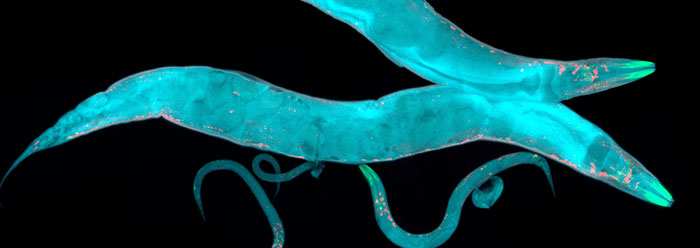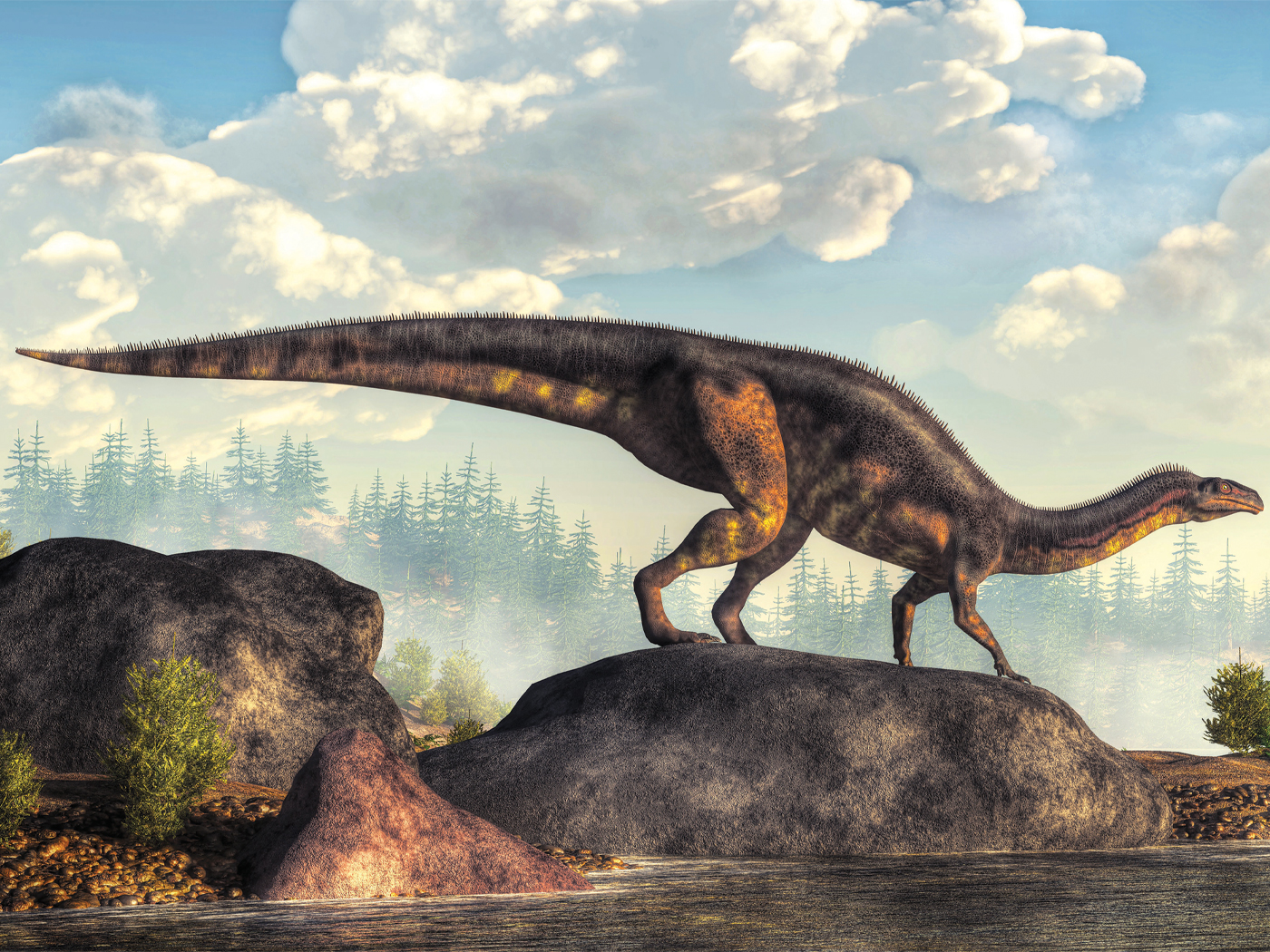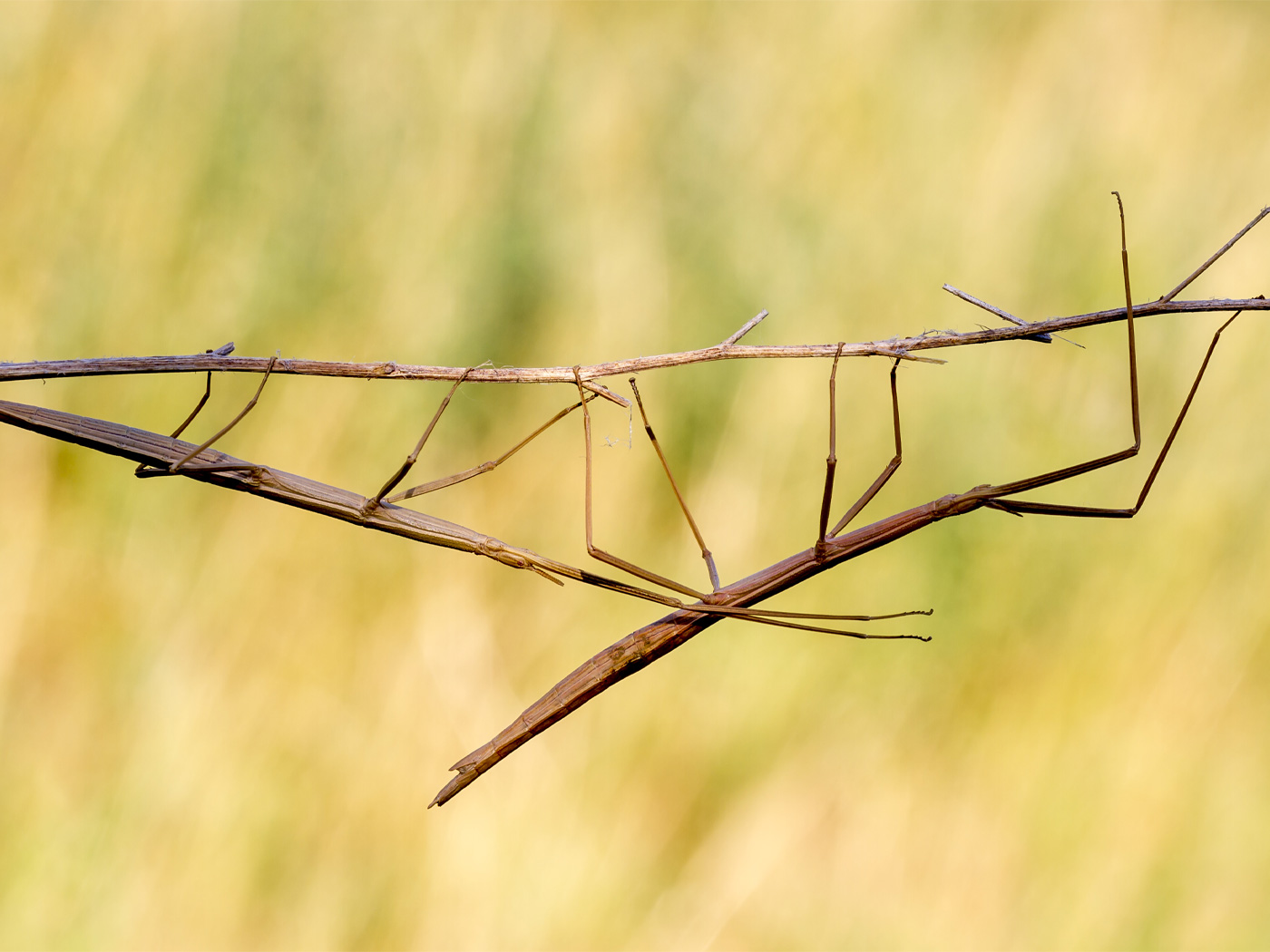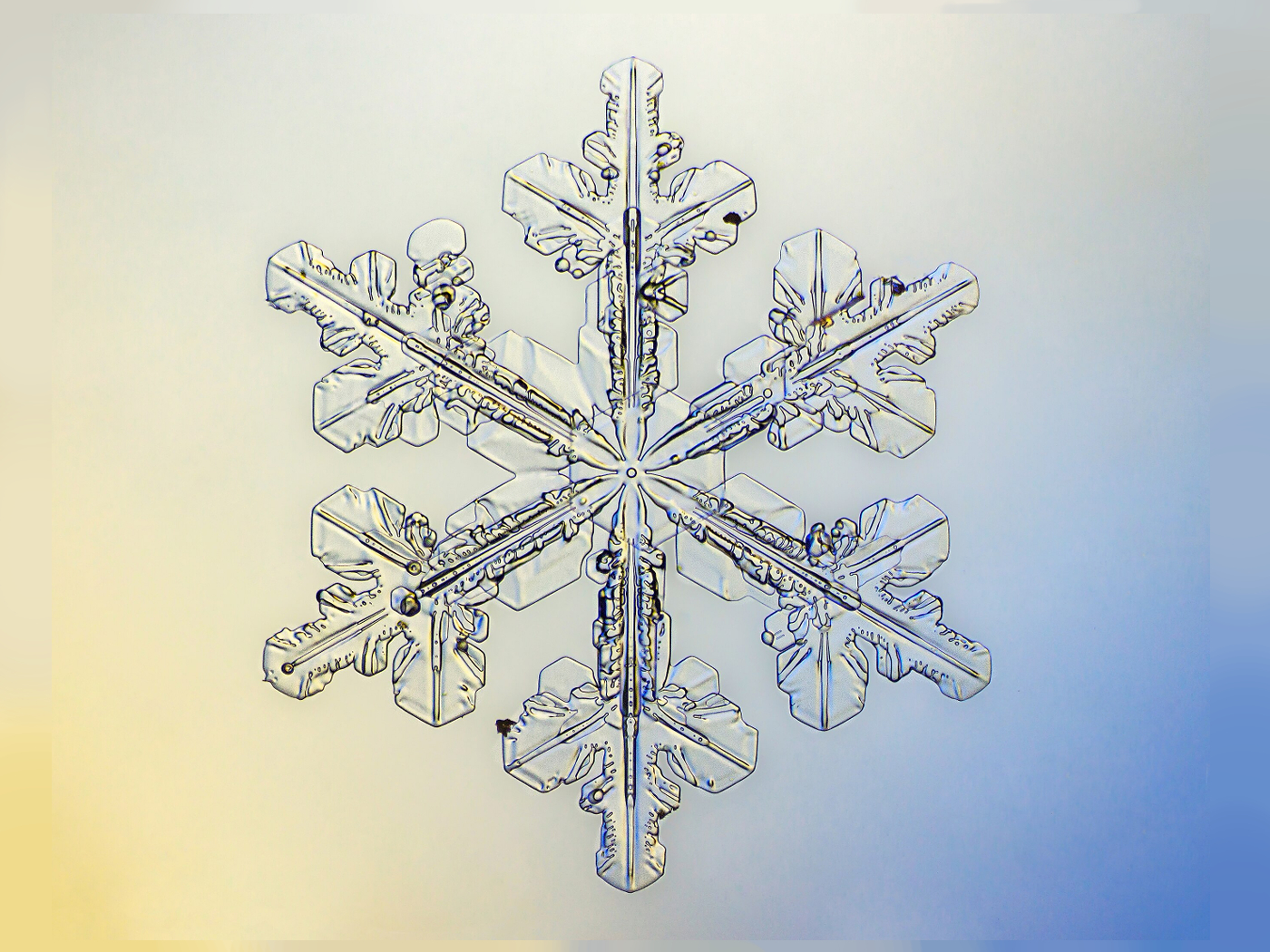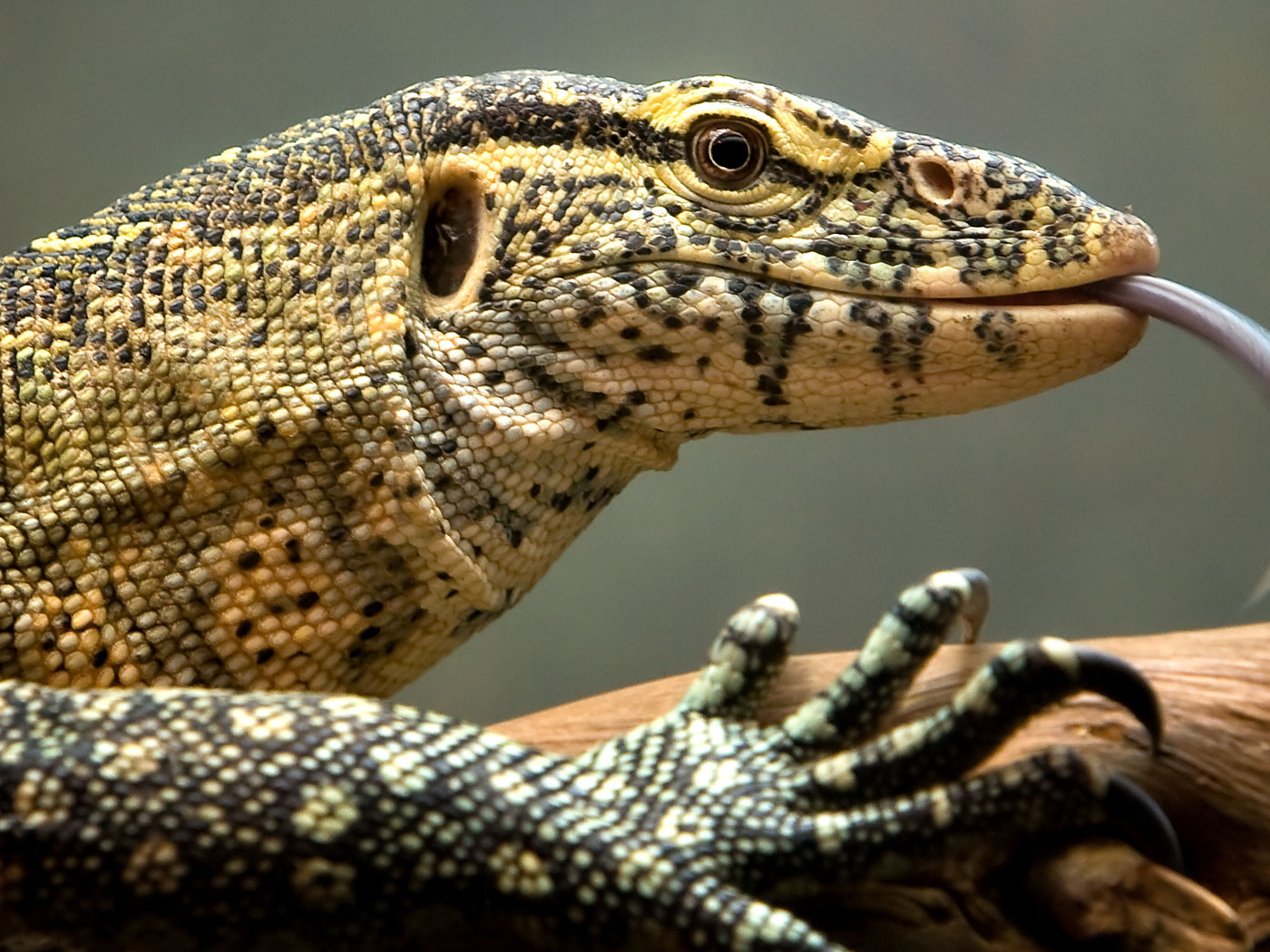Intriguing studies demonstrate that many different animals have the ability to transmit information about their environment to their offspring, sometimes using a process called epigenetics. Most often, the genetic memory of a parent or grandparent’s environmental experience travels no farther than a half dozen generations. Recently, researchers accidentally discovered the farthest-reaching epigenetic signal ever known.1
When using epigenetics, creatures transmit environmental data not through genes, but by patterns of other molecules that clamp onto DNA strands and help regulate the timing and intensity of gene activities.
Scientists from Barcelona and Badalona in Spain published their stunning finds in Science.1 They saw roundworms transmit outside temperature indicators to as many as 14 generations of offspring. Then, the team speculated on what processes make this remarkable data transfer happen and on its possible purpose.
The investigators had artificially inserted foreign genetic material called transgenes into the roundworm genome. Then the transgenes became part of normally inherited DNA. These particular transgenes code for proteins the researchers can easily track.
The study results showed that some roundworm’s cells accessed the transgenes more often than others because their ancestors had lived their lives in a lower temperature environment. DNA—including transgenes—gets wrapped around protein spools inside cells. Specific tags get attached to the spools. Roundworms that had lived in colder temperatures possessed more of those tags. The tags impede the docking procedures of gene processing machinery, which limits access to the transgenes.
It’s like a parent who tags a closed folder with a sign saying, “Do not open for several generations,” because they strongly suspect that their descendants won’t need the folder’s contents. But in the case of roundworms, the DNA folder remained sealed for over a dozen generations. The tagging pattern transfers temperature memory through eggs to the next generation, and the next, etc. But why?
Lead author of the Science study explained, “We don’t know exactly why this happens, but it might be a form of biological forward-planning.”2 Well, why else would any communication system send a message like this if not for a predetermined purpose?
If a mother’s body can automatically warn her great, great, great, great grandchildren of what temperature range she endured during her life (and thus what they might also have to endure) then their bodies can prepare themselves to better fit that temperature.
However, forward planning implies design. Natural processes that supposedly underlie evolution cannot imagine future possibilities, but a personal Creator can. And a Creator who revealed that He made creatures to “be fruitful and multiply” would plan. Not only would He imagine future possibilities, He could and would ensure that His creations had the best mechanisms to cope with them.3
References
- Klosin, A., et al. 2017. Transgenerational transmission of environmental information in C. elegans. Science. 356 (6335): 320-323.
- Environmental ‘memories’ passed on for 14 generations. Centre for Genomic Regulation Press Release. Posted on crg.eu April 20, 2017, accessed April 21, 2017.
- Genesis 1:22.
Image: Caenorhabditis elegans
*Mr. Thomas is Science Writer at the Institute for Creation Research.
Article posted on May 15, 2017.




